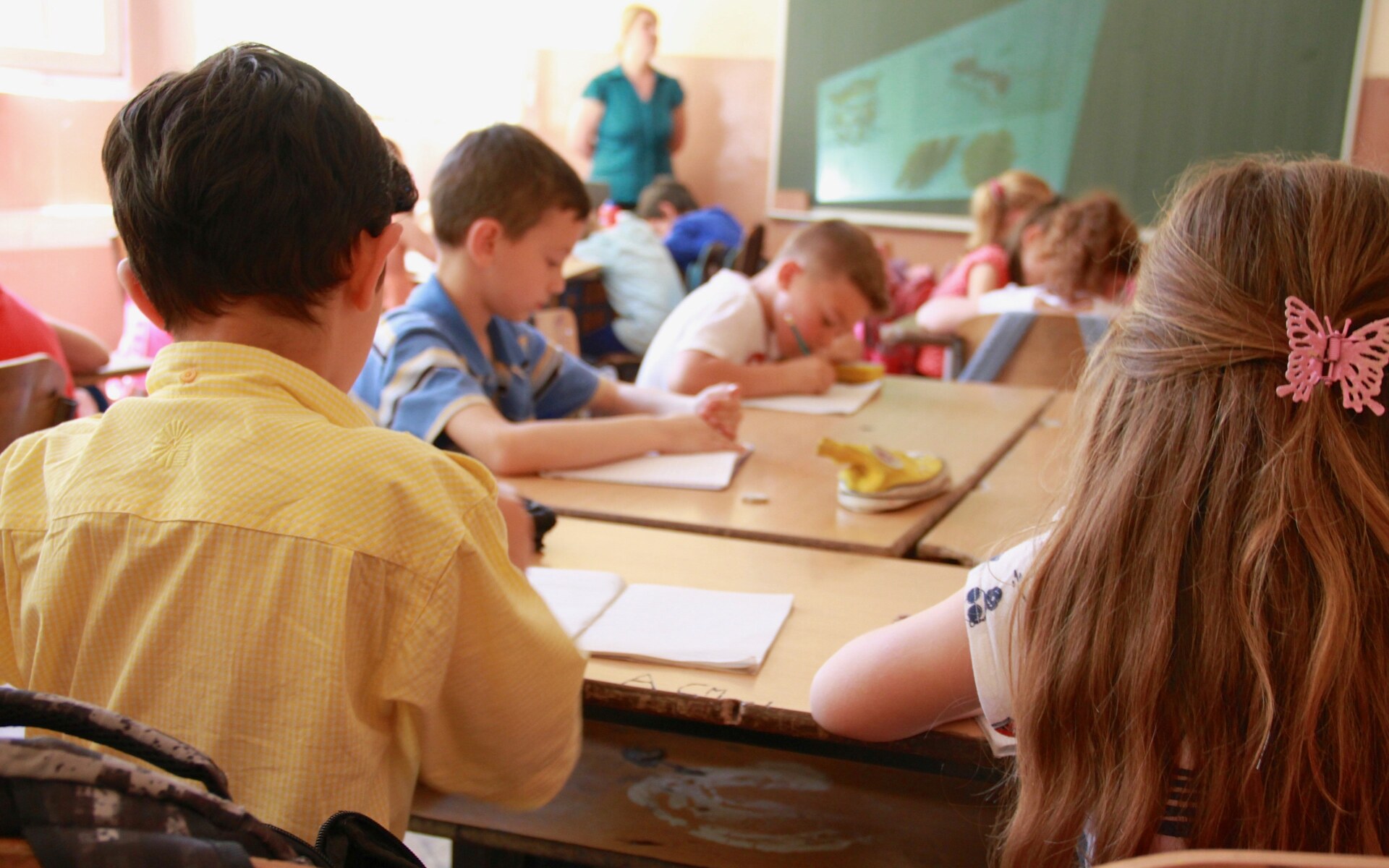It is important to teach children about the environment in order to create awareness and encourage them to preserve the environment. Environmental education enables children to acquire the knowledge and competencies that will enable them to appreciate the problems facing the world today and learn how they can be solved responsibly. There are many fun ways of making environmental learning both practical and interesting for children, both in and out of the classroom. Here are the best resources and activities that can be used in this blog to teach children about the environment and make them love nature.
- The Role of Environmental Education to Children
It is here important to establish why environmental education is relevant to the young persons before going further to look at the resources and activities. The early introduction of environmental knowledge assists children in understanding and valuing the environment, informs them about effects of human actions to the natural environment and foster environmentally friendly behavior. Knowing about recycling, species, and global climate, kids are able to start making little steps towards a better future. Also, these lessons help develop thinking abilities, problem-solving skills, and feel responsible.
- Fun Activities for Children to Make Them Appreciate Nature
The best teaching strategy to use when educating children about the environment is through environmental learning activities that enable the children to learn through observation. These activities not only make children aware of the environment around them but also help them exercise, be fit and enjoy nature.
Nature Scavenger Hunt:
A nature scavenger hunt is a very easy and fun way to get children to interact with nature in the immediate environment. Make a list of things for children to look for, for example, leaves, stones, bugs or flowers. When they are looking for something, help the children to notice the differences in the environment and question how different species of living things are related to one another.
Gardening:
Gardening is a hands-on way to teach kids about ecosystems, plant life, and the importance of caring for the environment. Whether planting vegetables, flowers, or herbs, children can learn about soil, water cycles, and the benefits of growing food locally. Gardening also teaches patience and responsibility, as kids take care of their plants and observe them grow.
Bird Watching:
Bird watching introduces kids to local wildlife and encourages them to pay attention to the animals living in their surroundings. Equip them with binoculars and a bird identification guide to spot and identify different species. This activity helps children appreciate biodiversity and understand the importance of habitat conservation.
- Creative Environmental Projects for Kids
Creative projects are an excellent way to teach kids about environmental sustainability in a fun and interactive way. These projects can be done at home or in the classroom and often use recycled materials, helping kids understand the value of reusing and reducing waste.
Upcycled Art Projects:
Encourage kids to create art using recycled materials such as plastic bottles, cardboard, and old magazines. This activity not only sparks creativity but also demonstrates how everyday waste can be repurposed into something new and beautiful. Kids can make bird feeders, planters, or sculptures, all while learning about the benefits of upcycling.
DIY Compost Bin:
Composting teaches kids about natural cycles and how organic waste can be turned into nutrient-rich soil. Building a simple compost bin at home or in a school garden is a great way for children to learn about food waste, decomposition, and the importance of recycling nutrients back into the earth.
Energy-Saving Challenge:
Promoting energy conservation among children: Energy-saving challenge in the home environment. Explain to them that they should monitor their energy consumption for a week and try to save it, for instance by switching off lights in rooms that are not in use, unplugging electronics, or avoiding the use of water. This practical activity can teach children about energy conservation and the effects of their actions on the environment and allows them to make conscious decisions.
- Literature for Environmental Education: Books and Documentaries
Children can learn many things about the environment through books and documentaries and all of them are informative and fun. These resources can help to provoke interest, enhance knowledge and stimulate people into taking the necessary action.
Books:
There are quite a number of children’s books on the environment some of which are The Lorax by Dr. Seuss, which illustrates the effects of cutting down trees and The Magic School Bus and the Climate Challenge by Joanna Cole, which gives children an understanding of climate change. These stories help the young readers to understand the given issues and make them more realistic.
Documentaries:
Brief series or episodes such as Planet Earth or Our Planet give the children a view of the wildlife and habitats they can easily relate to. The films depict the attractiveness of the planet and at the same time teach children about the dangers of different species and areas.
Conclusion
Environmental education of children is not just about knowledge, it is about passion, and about values of the sustainable future. Through the use of the internet, games, and project-based activities, outdoor games, and other forms of media, we can educate children on the importance of protecting the environment. These tools form the basis of developing environmentally sustainable generations that will spearhead the development of a sustainable environment.
